Diamond SpeedStar Pro / SpeedStar Pro VL
The SpeedStar Pro was Diamond's first graphics accelerator, and the first time they built a card based on a Cirrus Logic chipset. The core clock speed ran at 80 MHz, with memory running at 50 MHz. It supported Windows resolutions up to 1,280 x 1,024 in 16 colours (5426-based variants) or 256 colours (5428/5429 variants), and at lower resolutions 65,536 colours with 1 MB of installed video memory.
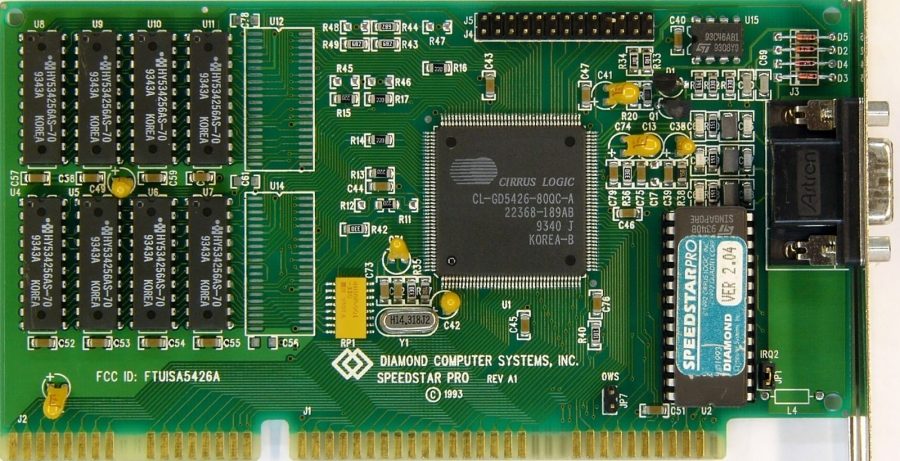 |
Released | June 1993 |
| Bus | ISA 16-bit or VESA Local Bus | |
| Chipset | Cirrus Logic CL-GD5426, CL-GD5428 or CL-GD5429 | |
| Standards | Hercules, CGA, EGA, VGA | |
| Memory | 1 MB FPM (expandable to 2 MB) | |
| Ports | 15-pin DSUB (video out) 26-pin VGA Feature connector |
|
| RAMDAC | (Integrated) | |
| Part # | - | |
| FCC ID | FTUISA5426A (ISA version), FTUSA5426A or FTUVL5426A (VLB version) |
|
| Price | At launch: $136 (ISA) / $142 (VLB), Dec 1993: $116 (VLB), May 1994: $109 (ISA) / $115 (VLB), Dec 1995: $97 (VLB) | |
| See Also | SpeedSTAR 24, SpeedSTAR 24X, SpeedStar Pro SE |
The Fast Page Mode (FPM) memory used by the SpeedStar Pro series was rated at 70ns. ISA-based cards came with 1 MB of the traditional 20-pin DIP DRAM chips with expansion to 2 MB requiring the new 40-pin SOP (Small Outline Package) DRAM chips. The ISA-based card also had a single jumper to select 0WS (zero wait state) operation.
The VESA Local Bus cards came with either two 512 KB 40-pin SOP DRAM chips, with expansion to 2 MB requiring you to install eight further 20-pin DIP DRAM ICs, or with the eight DIP sockets populated and expansion requiring the two 40-pin SOP chips. I assume the different memory configurations were simply due to the availability (or lack of) of certain ICs.
The following table outlines the various screen resolutions and colour depths supported by the SpeedStar Pro:
| Resolution / Chip | 5426 | 5428 | 5429 |
|---|---|---|---|
| 640 x 480 | 16.7 million | 16.7 million | 16.7 million |
| 800 x 600 | 64,000 | 64,000 | 64,000 |
| 1024 x 768 (i) | 256 | 64,000 | 64,000 |
| 1024 x 768 (ni) | 256 | 256 | 256 |
| 1280 x 1024 (i) | 16* or 256 | 256 | 256 |
* 1 MB cards
The maximum refresh rate at 1024 x 768 and 800 x 600 is 72 Hz non-interlaced.
The ISA-based SpeedStar Pro was sold as the SpeedStar Pro VGA while the VESA Local Bus version was called SpeedStar Pro VL. Another name these went by was the SpeedStar Pro 1100 series. ISA versions could run the bus at up to 12.5 MHz while VLB versions ran at up to 50 MHz.
The driver disk includes a convenient "GO.EXE" DOS utility to assist in installing drivers for Windows 3.1 and OS/2 2.0.
Later versions from early 1995 came with the later Cirrus Logic CL-GD5429 "Alpine" chip instead. Earlier versions came with either the CL-GD5426 or CL-GD5428. It's a guess, but Diamond most likely used whatever was available in their parts bin at the time. The 5426 and 5428 ran their core clock at 80 MHz and memory at 50 MHz. The 5429 ran its core clock at 86 MHz and memory at 60 MHz. They all came with an integrated 24-bit TrueColor RAMDAC.
Unlike most VLB graphics cards, the SpeedStar Pro VL will run quite happily in a 16-bit ISA slot.
Board Revisions
Known board revisions for the SpeedStar Pro include: A1, A2, and A4.
Competition
In direct competition with the CL-GD5426 chipset were the S3 86C801 (cards including the Orchid Fahrenheit VA, Mirage Storm 1280/256, VideoSeven Win.PRO and Actix GraphicsEngine 32 Plus) and ATi Mach32 (cards including the ATI Graphics Ultra Plus and ATI Graphics Ultra Pro). There were much higher-priced cards available that were typically purchased for professional use, such as CAD applications. These could get you up to 1600 x 1200 resolution (in 16 colours). There were also chipsets coming out that supported up to 4 MB of VRAM such as those based on S3's 86C928 chipset. Some mid-range options also existed, such as the Hercules Graphite card which used an IIT AGX-014 accelerator coprocessor.
PC Magazine's GUI accelerator card round-up in April 1993 determined that cards based on the CL-GD5426 were best-performing under real DOS, as their Windows performance wasn't great compared to the S3 86C801.
In the Media
(Unknown source)
The GD5426 doubles the Graphics WinMark performance of its nonaccelerated sibling at some resolutions and color depths (based on informal testing of the GD5422-based boards from Sigma and Aamazing). But the problem is that GD5426 still lags behind when measured against the Windows performance of much of the accelerator competition.
The GD5426-based boards we tested managed only 4.04 to 4.14 megapixels per second in 16-color SuperVGA and 4.41 to 4.60 in 16-color 1,024-by-768 mode tests, for example, while 86C801- and 86C928-based products racked up average scores of 10 megapixels per second in these modes. (Even the 86C924 chip outdid the GD5426: The boards using that chip scored around 7 megapixels per second.)
At 256 colors in Super VGA and 1,024-by-768 resolutions, the GD5426-based cards scored close to or a little better than 8 megapixels per second, but those scores still did not come close to those achieved by most of the 86C801-based or 86C928-based competition (which scored around 12 to 14 megapixels per second).
All the GD5426 boards we saw used a 16-bit ISA host bus interface. According to Cirrus Logic, the chip itself delivers 32-bit access to display memory and also has a 32-bit internal data path for Extended Industry Standard Architecture (EISA) or local-bus solutions. However, this did not seem to be enough to guarantee high performance for the boards based on it.
Part of the reason that the GD5426-based boards can't keep up is that the chip accelerates only BitBlts, image transfers, and raster operations. And while the company says that the chip provides for font caching, none of the boards we tested for this review supported that feature.
The GD5426 has an integrated Palette DAC that can be configured as an industry standard RAMDAC by the vendor. The Palette DAC on the GD5426 chip performs the same function as a RAMDAC, but the default configuration is 256-by-18-bit operation; most RAMDACs provide a 256-bit-by-24-bit storage area for color lookup tables.
The GD5426-based boards performed their best on the DOS VGA tests, turning in consistently solid results that ranged from 6,612 to 6,641 thousands of operations per second. These scores were almost a third again as fast as the scores from GD5422-based dumb frame buffers. For users who work extensively in DOS applications, these results are significant."
PC Magazine, 13th April 1993
Setting it Up
The Diamond SpeedStar Pro has two jumpers in the lower-right of the card.
The first, at JP7, selects zero wait states. When jumpered this allows the card to not add wait states, thus allowing for faster writes to display memory.
The other jumper, JP1, selects the use of IRQ2. When jumpered, this allows the card to use this interrupt line to detect when the vertical refresh is taking place, and then avoid flicker. Note that a lot of network cards used this IRQ so if you find there is a conflict, remove this jumper from the VGA card.
Downloads
Diamond never released their own drivers for Windows 95 or Windows NT 4.0 - just use the ones that are built into the operating system. They are called SpeedStar Pro 1100.
Operation Manual Get in touch if you can provide this missing item! |
Windows 3.1 Drivers Comprises installer, DOS utilities, and Windows 3.1 v1.09 drivers. |
Windows 3.1 Drivers Comprises installer, DOS utilities, and Windows 3.1 v1.10b drivers. |
Windows 3.1 Drivers Cirrus Logic CL-GD5426 drivers for Windows 3.1. Includes the DOS SETRES utility. |
Windows 3.1 Drivers Cirrus Logic CL-GD5426/5428 drivers for Windows 3.1. Includes the DOS SETRES utility. |
Windows NT 3.51 Drivers Cirrus Logic CL-GD542x drivers for Windows NT 3.51. |
VGA BIOS ROM Get in touch if you can provide this missing item! |
VGA BIOS ROM Get in touch if you can provide this missing item! |
VGA BIOS ROM Get in touch if you can provide this missing item! |
VGA BIOS ROM Get in touch if you can provide this missing item! |
|
More Pictures
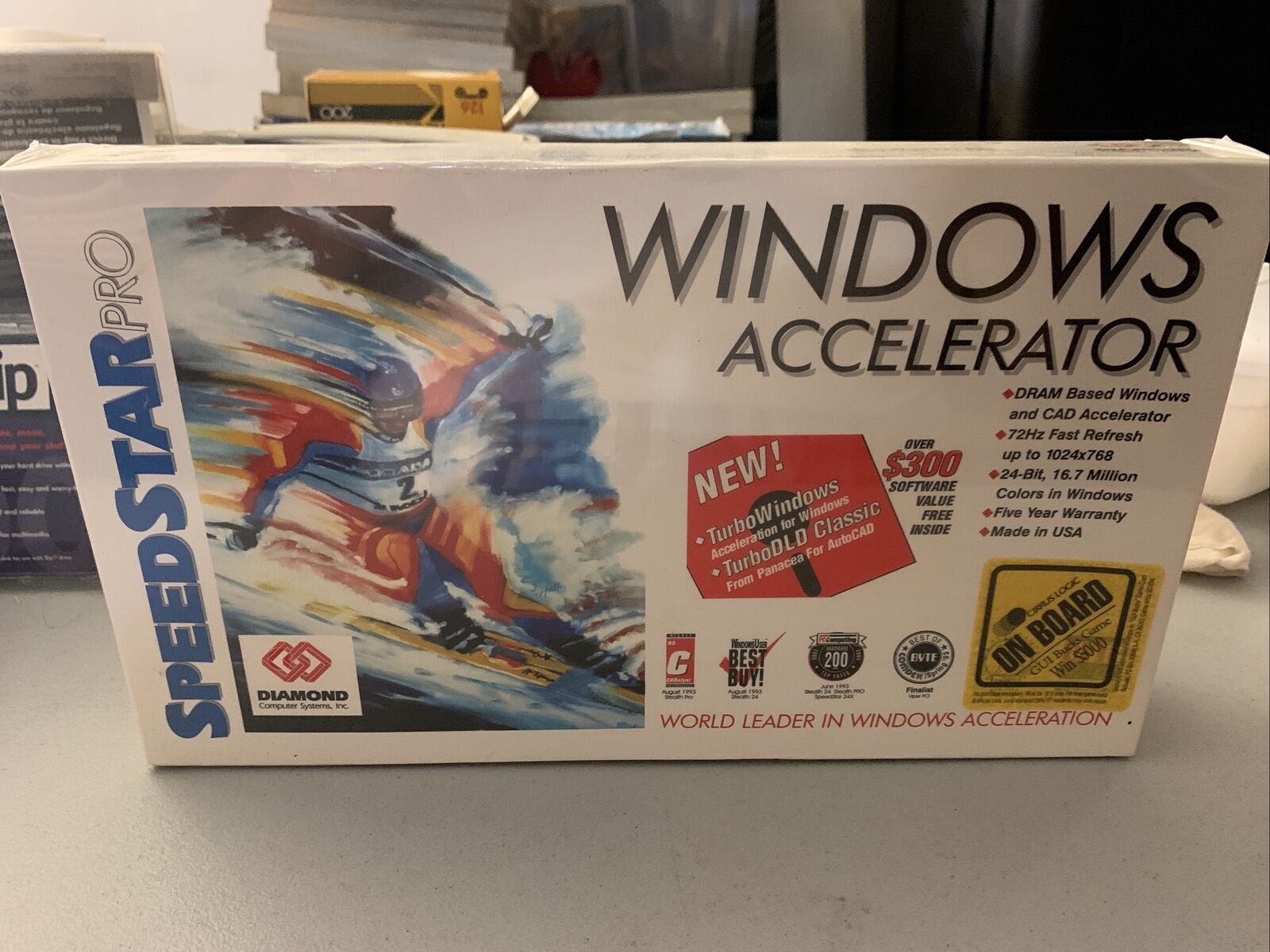
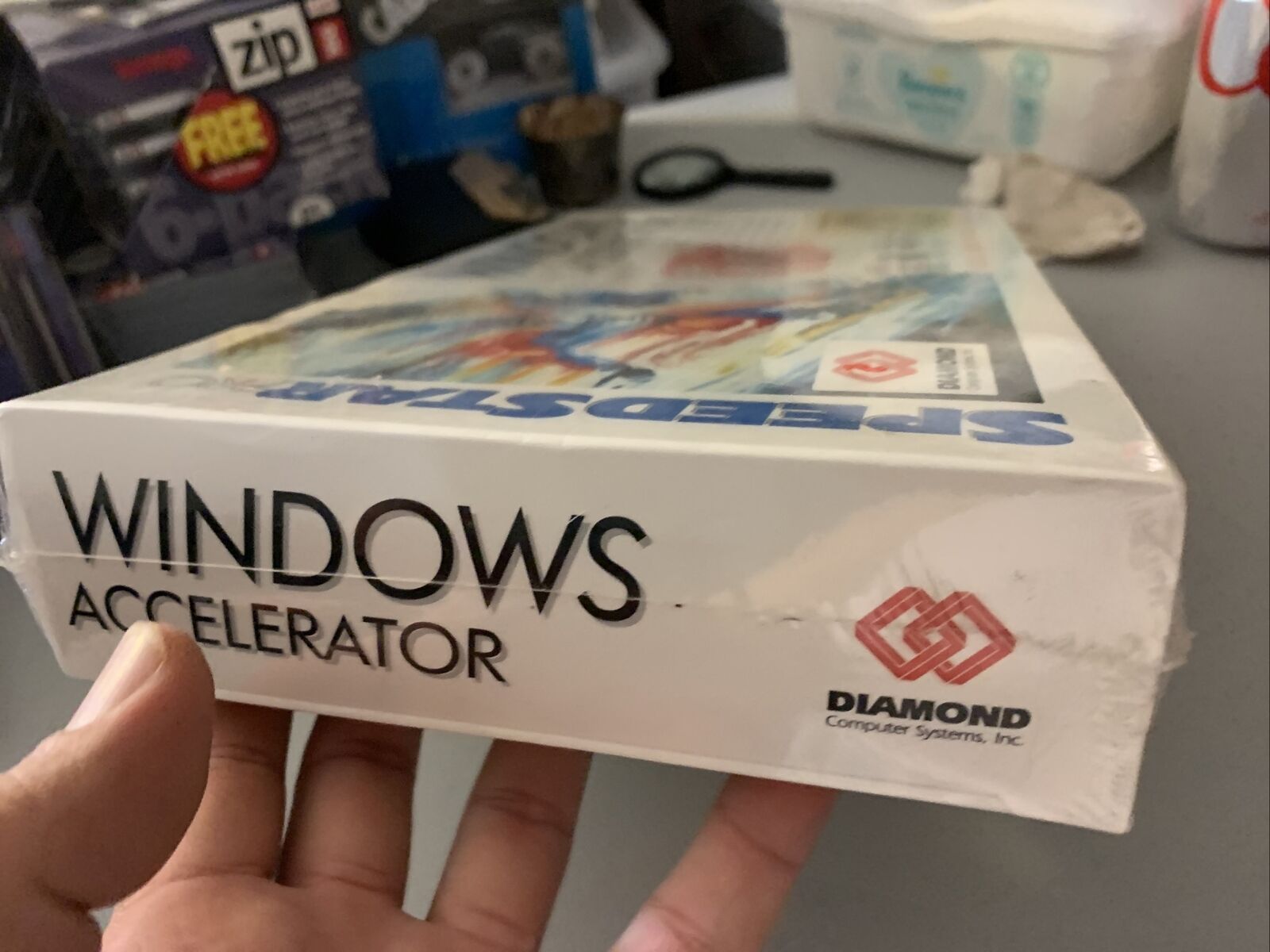
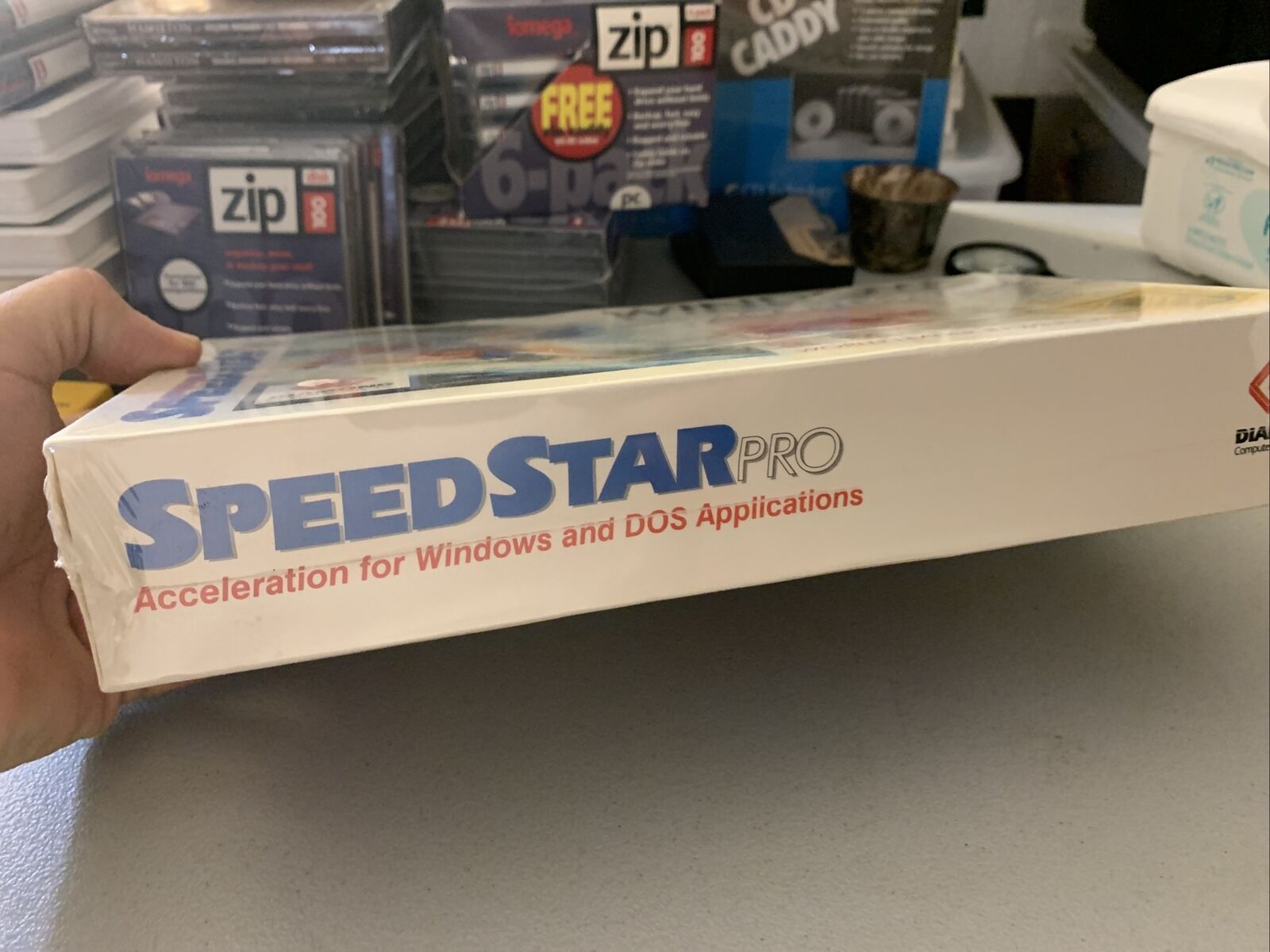



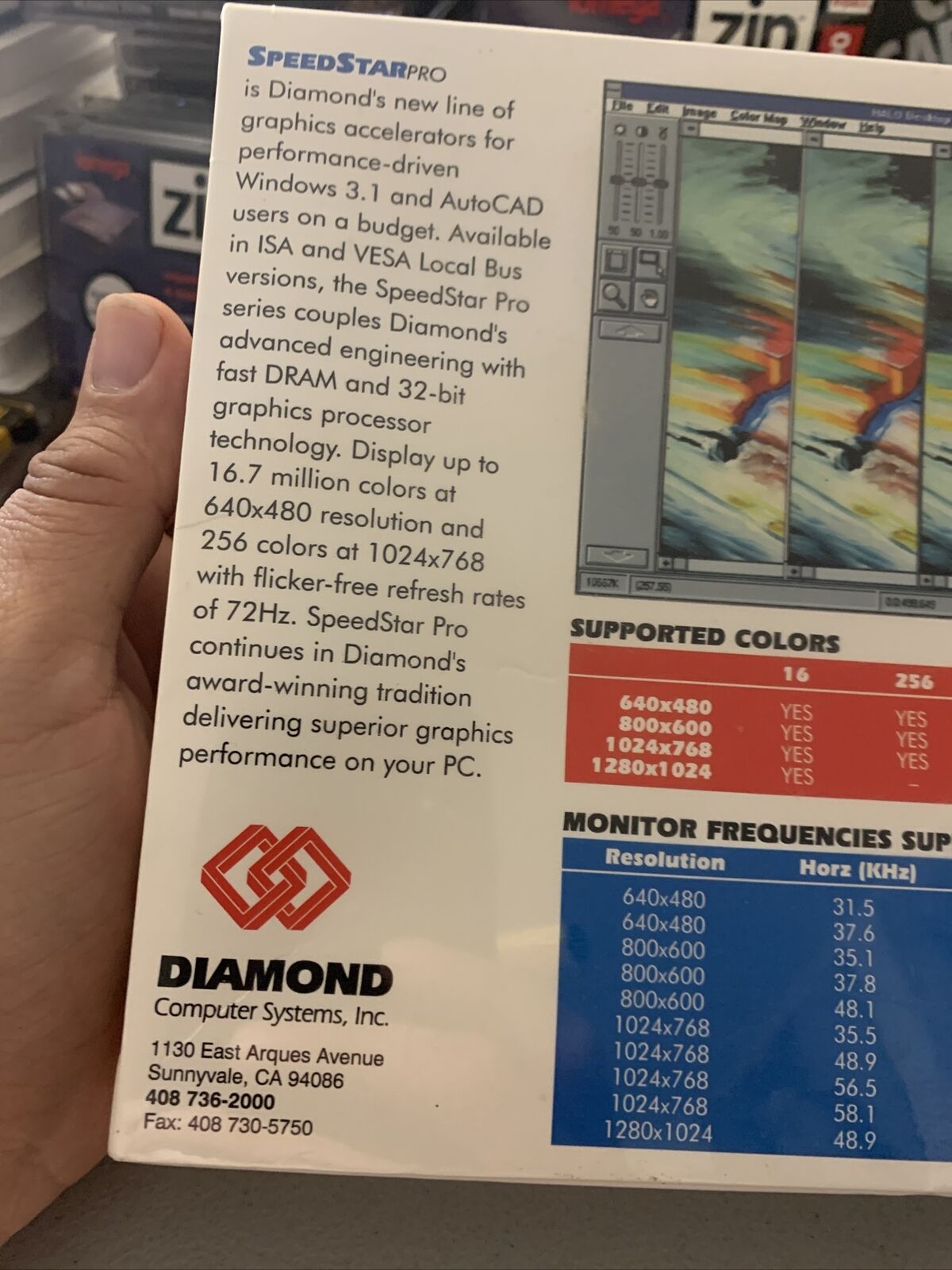
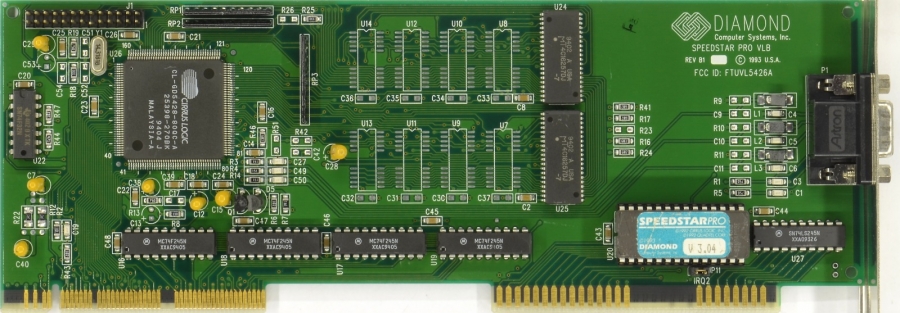
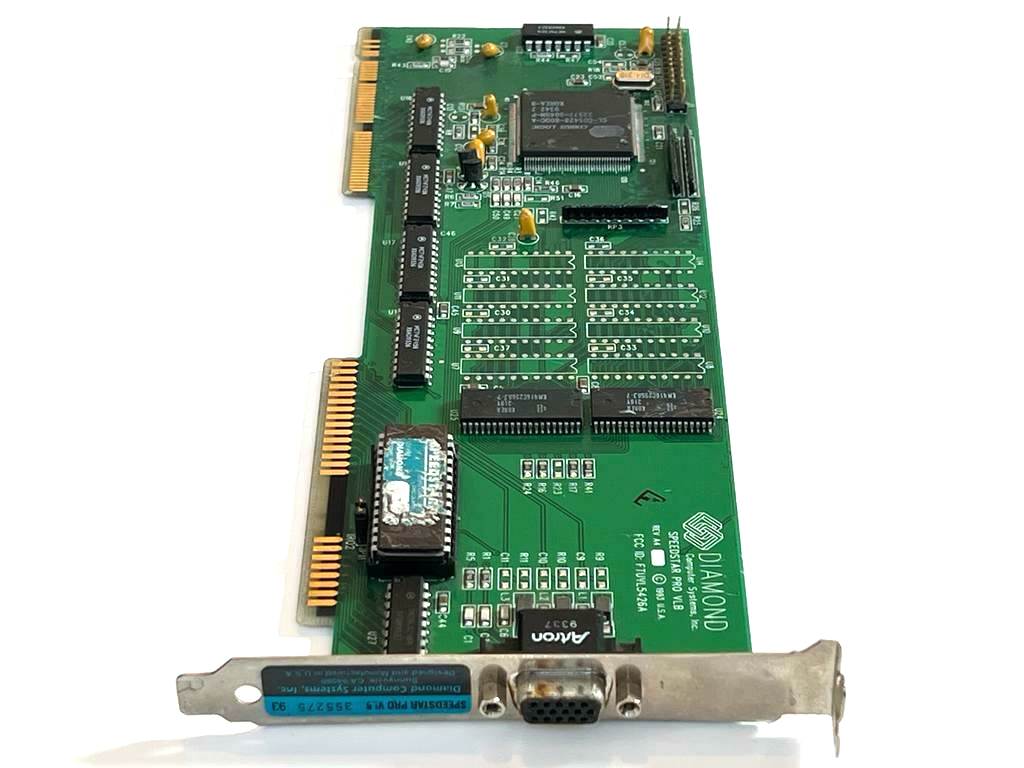
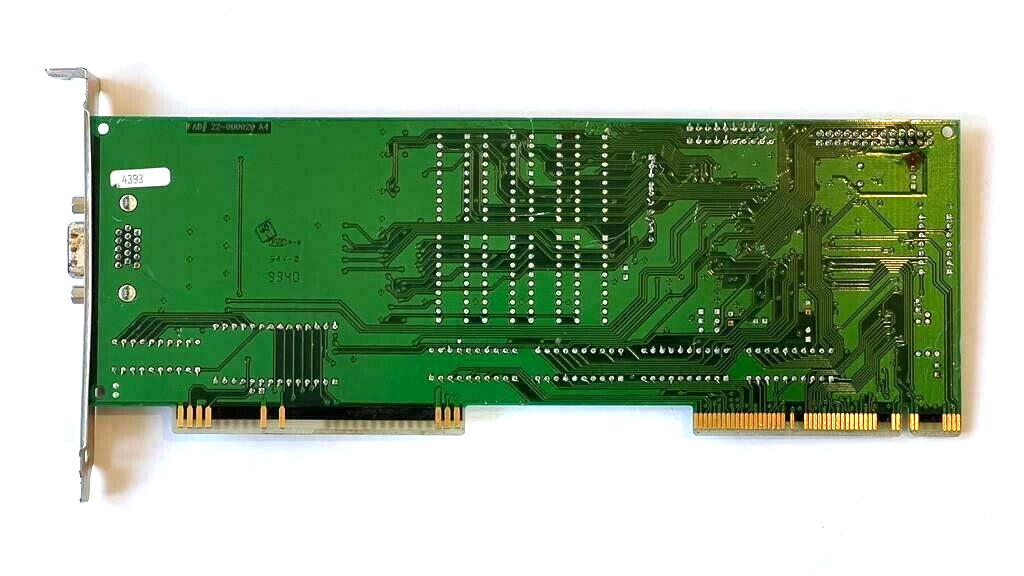


A VESA Local Bus version of the Diamond SpeedStar Pro



An ISA 16-bit version of the Diamond SpeedStar Pro